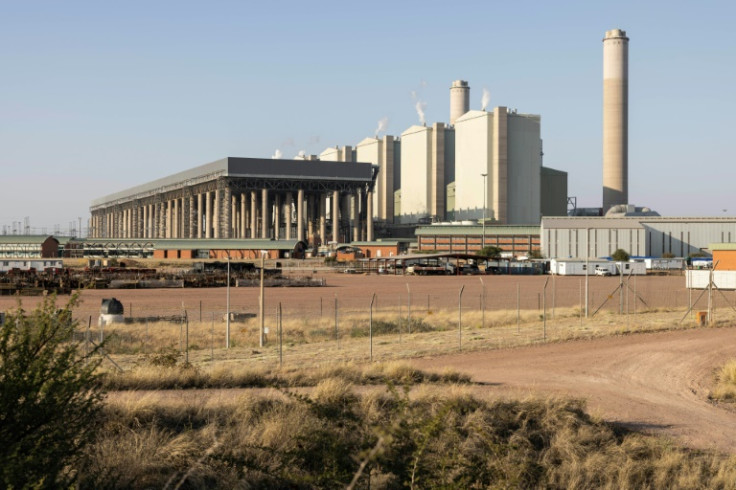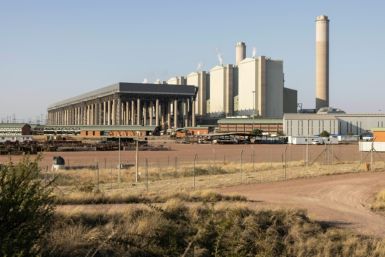Eskom Reduces Load Shedding From Stage 6 To Stage 4

Electricity Minister Kgosientsho Ramokgopa revealed that Eskom will be reducing Stage 6 load shedding to Stage 4 from Monday.
The update was shared Sunday after some power-generating units were restored to help reduce the power cut stages. The minister noted Eskom and the electricity department have seen significant improvement from Friday, when Stage 6 load shedding was implemented.
"We have made progress as a result of the intensification of load shedding. The [diesel] volumes at Ankerlig Power Station are sitting at 55%, Acacia Power Station at 50% and Port Rex Power Station at about 55%," he said, SA News reported.
"Once they are above these levels we should be able to manage them. In relation to our pump storage at Drakensberg [we have] additional generation hours, it is about 90 hours of generation, Ingula we have 58 hours of generation and at Palmiet 33 hours of generation."
Eskom is expected to reduce the load shedding stage further by implementing Stage 3 from Monday 5 a.m. to 4 p.m. and Stage 4 from 4 p.m. to 5 a.m. on Tuesday. This pattern is scheduled to be repeated until Thursday.
"Two things have happened that we promised. We have replenished our emergency reserves and some units have come back. Kriel unit 3 has come back. There's an expectation that on Sunday. Medupi 5 [will come back] and [on Monday], we are planning to receive two units, Majuba and Lethabi," he said.
Regarding the emergency reserves, the minister noted that Eskom was anticipating generating units to be restored on Friday; however a significant number of units failed, Ramokgopa said, adding that when he checked the emergency reserves, it was lower than 70%.
"This includes our pump storage and the OCGT [Open Cycle Gas Turbine]. As we continued to deploy them, there was a significant reduction in those reserves, which is the dam levels and OCGT."
"There was a significant dip on 21 November and that significant dip in relation to the emergency reserves coincided with us losing units because we must compensate the megawatts that are lost as a result of the dip," he added.
South Africa has been dealing with electricity issues for a decade now. Eskom, the energy company responsible for providing electricity across the country, uses coal stations to generate 80% of the electricity it supplies.
The country is working toward a green energy transition while trying to solve the ongoing load-shedding problem.
Last week, South Africa signed bilateral loan agreements with the World Bank, German state-owned development and investment bank, Kreditanstalt für Wiederaufbau (KfW), and the African Development Bank (AfDB) to support its Just Energy Transition.
© Copyright 2025 IBTimes ZA. All rights reserved.


















